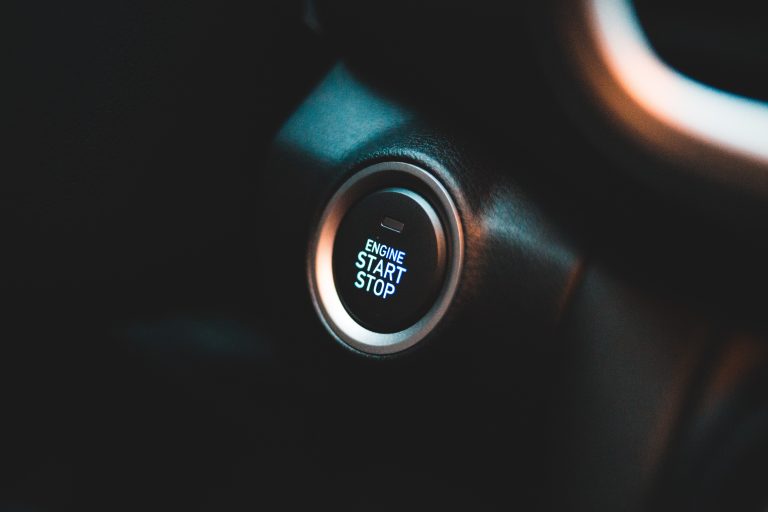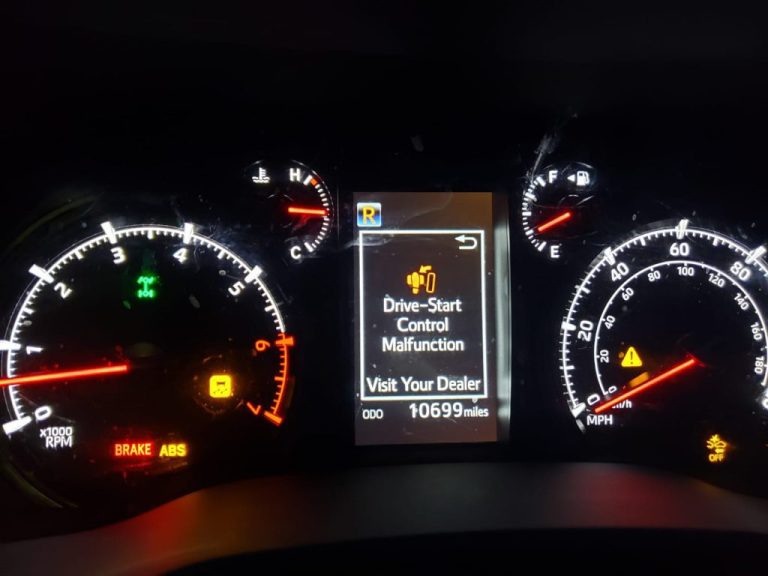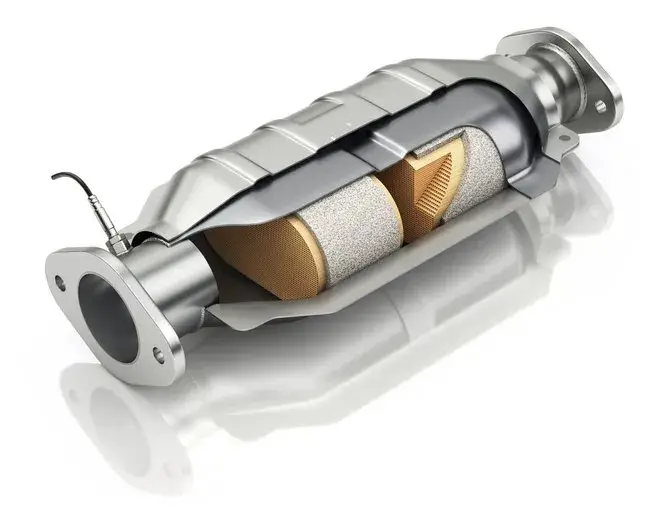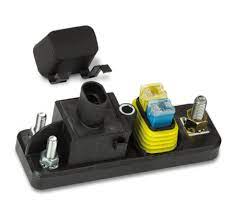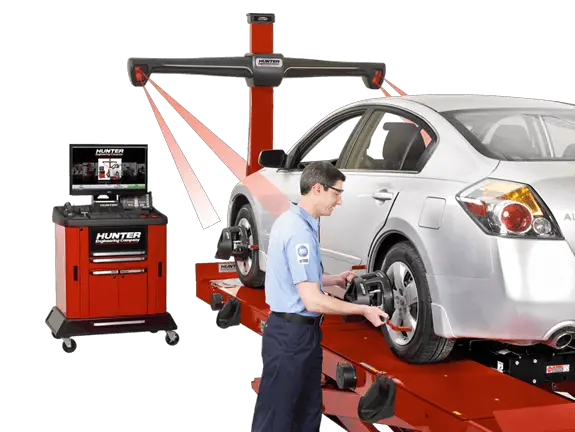What Does Battery Saver Active Mean?
Most internal-combustion engine-powered vehicles have a 12V DC battery to power electrical accessories such as the car’s headlights, radio, and AC fans.
The battery is charged by an accessory on the engine.
The alternator is designed to regulate voltages higher than the battery, and a current higher than what can be drained with all accessories turned on to charge the battery constantly.
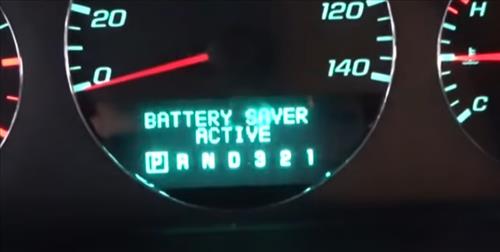
What Does It Mean?
The battery saver active message means that the battery has little charge left, so to prevent the car from failing to start on the next start, the vehicle goes into power-saving mode.
It means that your vehicle’s battery can’t keep up.
What Is the Reason for This?
The main causes of battery saver mode are a decrease in the battery voltage and discharge from the battery.
Bad battery connections, a faulty battery sensor, and a problematic battery are some of the factors that can cause it.
To narrow down the probable cause of your vehicle’s battery saver mode message, I put together a detailed diagnostic procedure.
Bad Battery Connections
Losing battery connections can result in inaccurate sensor readings and intermittent current supply to the accessories.
Similar issues can be caused by the same Rust on the battery connections.
If your battery terminals are rusted or dirty, you should clean them with a wire brush and sandpaper and tighten them so they don’t get loose on pits and bumps.
If you want to prevent the terminals from developing rust in the future, you should spray anti-corrosion spray on them.
Bad Battery Sensor
The net current supply to the battery is measured using the vehicle’s battery sensor. The message pops up in your dashboard when the voltage across the battery terminals drops.
The net current is the sum of the current drawn from the accessories and the current supply by the alternator, which is monitored by the sensor.
In case of a continuous negative current supply to the battery, the message can pop up when the current drawn from accessories surpasses the current supply from the alternator.
It can be diagnosed by cross-checking the readings from the battery sensor with an actual meter.
Incorrect installation of the battery sensor can cause the battery saver message to appear.
Bad Battery
The battery saver mode is triggered by a bad battery that fails to hold significant voltage and charge over time. When starting a car with a voltmeter, you can check the battery voltage.
If your battery’s voltage drops below 10V on starting/cranking the engine or if it’s lower than 12.4V when the engine is off, you need a battery replacement.
The failing alternator can cause a battery to show low voltages. Before testing the battery, make sure it is charged correctly.
Most car garages have battery testers that can check the health of the battery.
If you want to get rid of the “battery saver active” message before buying a new battery, you should visit a car garage to have your battery tested.
Bad Alternator
An error message can be caused by a mechanical or electrical issue when the alternator stops charging the battery.
If the battery saver message pops up while you’re driving, then the problem is most likely a bad alternator or loose connection.
If you have a multimeter, you can test a bad alternator on your own. Most accessories on the engine and the battery should not have a voltage below 13 volts.
If you want to make an informed decision on whether or not to replace the alternator, most mechanics have better tools to test its performance.
How Can I Fix Battery Saver Active?
To get rid of the battery saver active message, you must diagnose the problem.
A failing alternator, an old battery, a corroded or loose electrical connection, or a faulty battery sensor are examples.
You can narrow down your hunt for the failing component by testing each part, from the cheapest to the most expensive.
Replace Malfunctioning Sensor
If the battery sensor is malfunctioning, it may mean that the sensor is not properly fitted, or that the sensor is bad.
If the battery saver active warning light comes on after you replace your battery, there is a chance you didn’t install the sensor correctly.
The negative battery terminal is where the sensor is connected. It is possible that you did not install it correctly.
You should crosscheck your connections to fix the issue. Before bolting the negative battery terminal to the vehicle frame, you may have to scrub it with a toothbrush.
If the warning light pops up when driving without prior work on the charging systems, you could need to replace the sensor.
If you want to replace the battery sensor, make sure the battery and alternator are in good condition.
Tightening Loose Connections
Poor battery connections are one of the most common causes of battery saver active warning messages on the DIC.
The only way to fix the problem is to tighten a few bolts on the terminals or clean the battery terminal.
You may have to replace the terminals when the corrosion is grave.
Is It Possible to Drive a Car If the Battery Saver Active Light Is on?
The Battery Saver Active message is not completely dangerous and should not be ignored.
You might drive your car, but if the warning message pops up, you might get stranded. If any of the warning lights are on, I recommend not driving the vehicle.
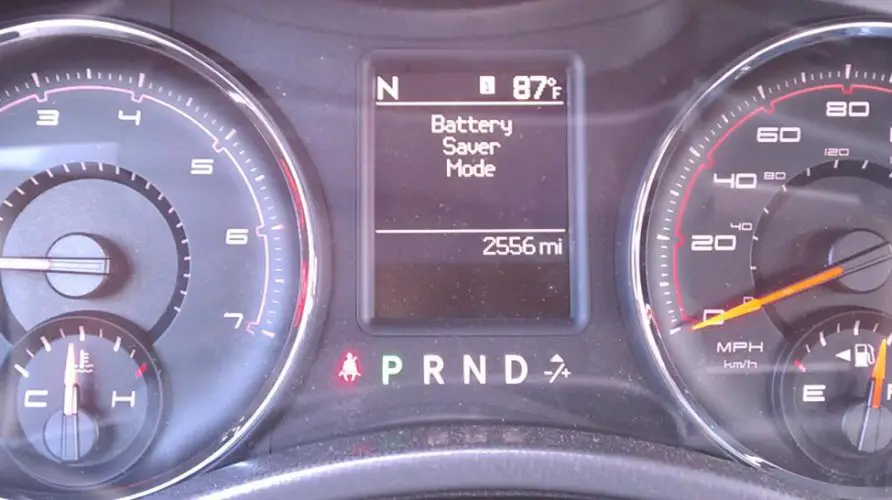
Conclusion
It is possible to prevent cars from shutting down due to a dying battery with the use of a battery saver active. Your car battery is an important part of your vehicle.
The vehicle cannot start without it. It has to be in tip-top shape for optimal operation. If you find a problem, you should check the probable causes and solutions.
If you don’t trust your instincts or have the confidence to fix the problem, contact a mechanic.

Truck driver by profession, automotive lover by heart. Ricky is the main publisher and editor at Truckile.com sharing his life-long knowledge and experience in the auto industry and truck driving!

